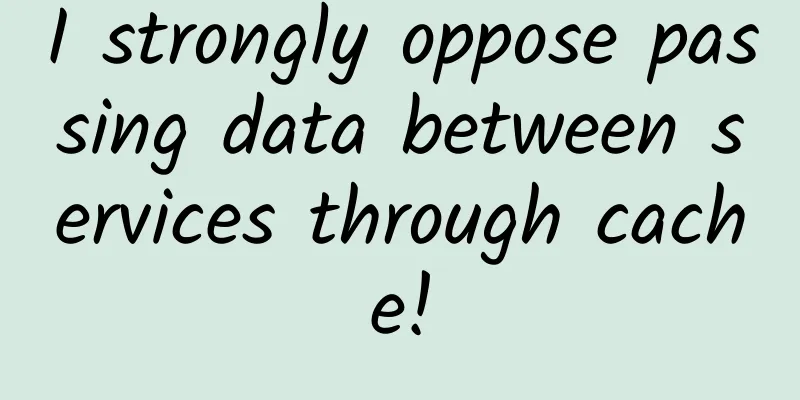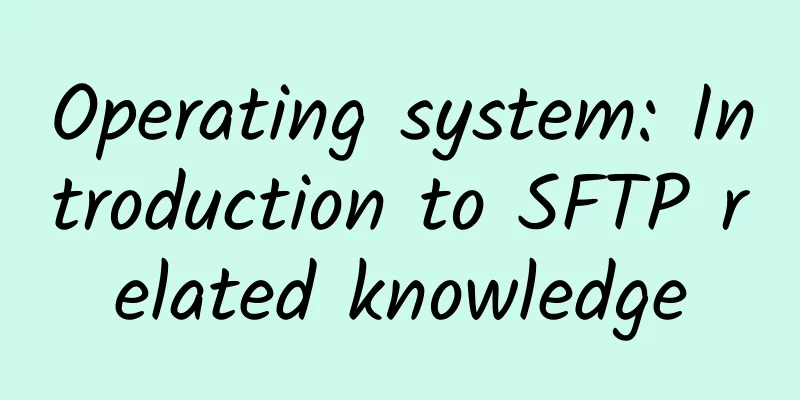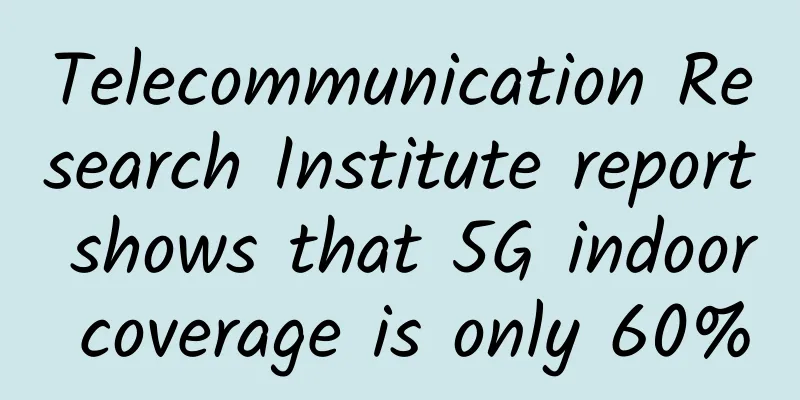I strongly oppose passing data between services through cache!

|
The movement of data requires a carrier, and DB and cache are common data storage carriers. As shown above:
The benefits of cache as a data storage medium are:
So here comes the question:
Regarding this architectural design, I would like to share my personal views. Do you support this architectural design?Let me first state the conclusion. The original poster is clearly against "transferring data between services through cache". Why oppose?There are three core reasons. First point: In the data pipeline scenario, MQ is more suitable than cache.If you simply use the cache as a pipeline for data communication between two services, service-A produces data, and service-B (of course, there may be service-C/service-D, etc.) subscribes to the data, MQ is more suitable than cache: (1) MQ is a common logical decoupling and physical decoupling component on the Internet. It supports 1:1 and 1:many modes and is a very mature data channel. (2) The cache will couple service-A/B/C/D together, and everyone needs to work together to agree on the key format, IP address, etc.; (3)MQ can support push, while cache can only pull, which is not real-time and has a delay; (4)MQ naturally supports clustering and high availability, but cache may not; (5)MQ can support data landing, and cache can store data in memory, which is "volatile". Of course, some caches support landing, but the principle of Internet technology selection is to let professional software do professional things: nginx is used as a reverse proxy, db is used for solidification, cache is used for caching, and mq is used for channels; In summary, MQ is more suitable than cache in data pipeline scenarios. Second point: In the data co-management scenario, two (or more) services reading and writing a cache instance at the same time will lead to coupling.If it is not a data pipeline, but two (or more) services co-manage data in a cache and read and write at the same time, it is also not recommended. These services will be coupled together because of this cache: (1) Everyone needs to work together to agree on the key format, IP address, etc., coupling; (2) Agreeing on the same key may result in data overwriting, leading to data inconsistency; (3) Different service business models, data volumes, and concurrency are different, which may affect each other because of a cache. For example, if service-A has a large amount of data and occupies most of the cache memory, it will cause all the hot data of service-B to be squeezed out of the cache, causing cache failure. Another example is that service-A has a high concurrency and occupies most of the cache connections, which will cause service-B to be unable to obtain cache connections, resulting in service anomalies. In summary, in the scenario of data co-management, it is not recommended to couple multiple services in one cache instance. Vertical splitting and instance decoupling are required. The third point: data access scenario, two (or more) services have the need to read and write a copy of data.According to the principle of service-oriented, data is private (essentially decoupled): (1) The service layer shields the complexity of the underlying storage engine, sub-library, and chain from data demanders; (2) Any demander cannot bypass the service to read or write data on its backend; Assuming that other services need to obtain data, they should be accessed through the RPC interface provided by the service instead of directly reading and writing the backend data, whether it is cache or database. In summary
[This article is an original article by 51CTO columnist "58 Shen Jian". Please contact the original author for reprinting.] Click here to read more articles by this author |
Recommend
How do Internet giants achieve load balancing and high availability? You will understand after reading this article
[[284447]] 1. What is load balancing? What is loa...
Linux Network Monitoring Tools
Network communication is one of the most basic fu...
Foreign media: Germany may completely shut down 3G network in 2022
Deutsche Telekom has become the third major opera...
New infrastructure becomes the biggest driving force for China's data center industry in 2020
In recent years, China has been comprehensively d...
WIFi 5 Final Madness 2019 Wireless Router Market Report
In 2019, the wireless router market faced the fie...
iWebFusion: Los Angeles VPS starting at $9.38 per month, 4GB memory package, upgradeable to 10G bandwidth
iWebFusion (or iWFHosting) is a long-established ...
Let's talk about the love and hate between Socket, WebSocket and MQTT
In the field of network communication, Socket, We...
Base station construction progress exceeds expectations. What changes has 5G brought?
"The progress of 5G base station constructio...
What is the difference between Private 4G LTE and Private 5G?
Many enterprises are deploying private 4G LTE (sh...
Sharing of views | IoT data requires sharing protocols
IoT devices generate a lot of data, and even thou...
How should spaces and plus signs in URLs be encoded?
[[427910]] This article is reprinted from the WeC...
A survival guide for communications professionals
The situation in 2022 is more serious than expect...
AkkoCloud: CN2 GIA lines in the US/Germany/UK, starting at 299 yuan per year, 300-600Mbps bandwidth
AkkoCloud is a Chinese VPS service provider estab...
Many manufacturers are competing to lay out the Wi-Fi 6 industry chain
Recently, manufacturers such as Samsung, Huawei, ...
Common router configuration NAT/UPNP/DMZ method?
The methods for configuring NAT (Network Address ...


![[Black Friday] HawkHost: Cloud Web Hosting/Semi-Dedicated 70% off, Hong Kong/Los Angeles and other data centers](/upload/images/67cabcd62eb44.webp)






